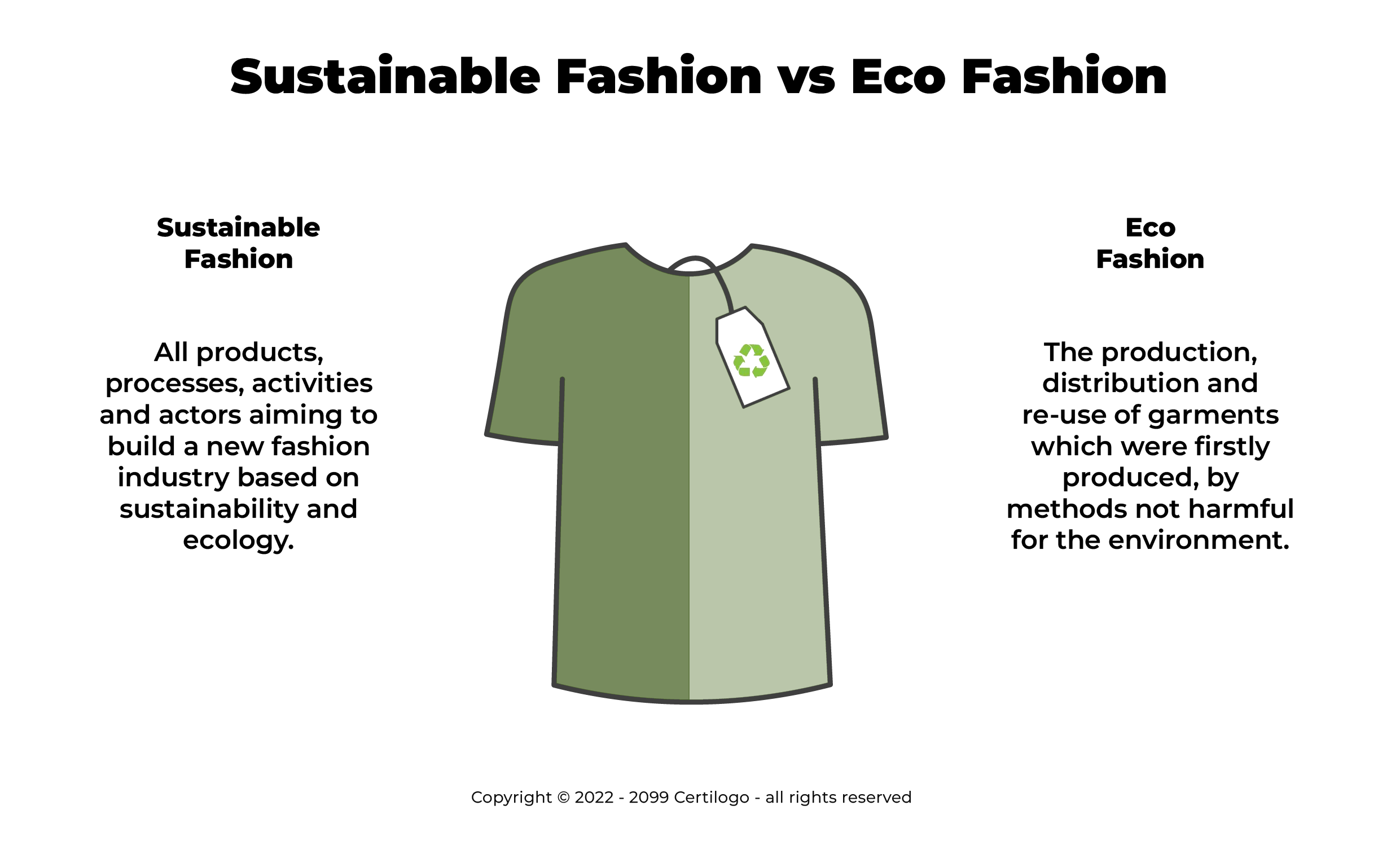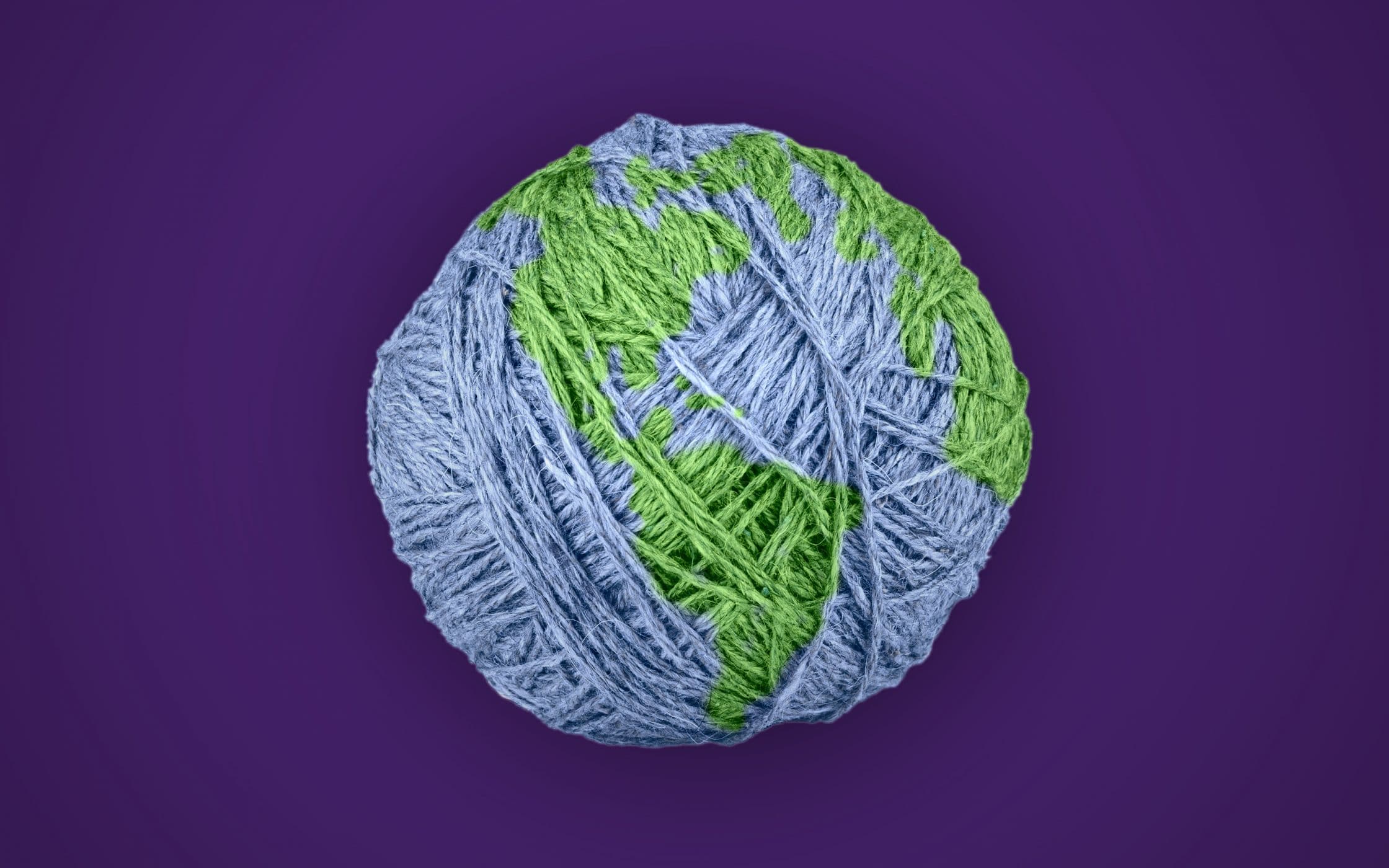The Potential of Cape Town Sustainable Fashion in the Global Market
The Potential of Cape Town Sustainable Fashion in the Global Market
Blog Article
Stay Ahead of the Contour by Exploring Ingenious Style Patterns
In a market as dynamic as style, remaining in advance involves greater than just following present fads-- it requires an exploration of development. Smart textiles, for instance, are transforming garments right into useful masterpieces, while 3D printing is reinventing style processes with its customizable, waste-reducing capabilities. As sustainability comes to be a cornerstone, developments like environmentally friendly materials and round fashion methods are improving ecological responsibility - Cape Town Sustainable Fashion. Furthermore, the convergence of modern technology and style proclaims a brand-new period of customer interaction. How, after that, can these emerging trends redefine the future of style, and what ramifications do they hold for brand names looking for to prosper in this progressing landscape?

Welcoming Smart Textiles
In recent years, the style sector has actually witnessed a transformative shift with the assimilation of clever textiles, a sophisticated innovation that blends modern technology with textile. This evolution stands for not just a fusion of looks and functionality however also a considerable leap in the direction of sustainability and customization in vogue. Smart fabrics, also referred to as e-textiles, installed advanced electronic devices such as sensors and conductive strings within the textile, making it possible for garments to connect with the wearer or the atmosphere.
These textiles are created to keep track of physical criteria, such as heart price or body temperature, supplying real-time health and wellness analytics. Beyond health and wellness applications, wise textiles are likewise being used for adaptive garments, which can alter shade or pattern in reaction to environmental stimuli, hence supplying a dynamic style experience.
Furthermore, the development of energy-harvesting fabrics that create power from motion or sunlight is paving the way for self-dependent wearable innovation. This technology is interesting environmentally mindful customers and developers aiming to lower the ecological footprint of fashion. As r & d in this area development, wise textiles are anticipated to come to be progressively common, improving the landscape of modern-day style with their multifunctional capacities.
The Increase of 3D Printing
Reinventing the production landscape, 3D printing has emerged as a game-changer in the garment industry. This sophisticated innovation has actually enabled designers to push the boundaries of imagination, creating detailed and personalized garments that were formerly unimaginable. By leveraging electronic layout and additive production, 3D printing facilitates the development of complex geometries and patterns, allowing designers to explore new appearances and frameworks.
A noteworthy advantage of 3D printing in vogue is its capacity to create on-demand, lessening waste and decreasing inventory demands. This effectiveness not only maximizes production procedures yet additionally permits rapid prototyping, allowing developers to bring their visions to life in a shorter timeframe. In addition, 3D printing supports customization somewhat unmatched by standard methods, supplying tailored fits and special designs customized to individual customer choices.
The surge of 3D printing has actually additionally equalized fashion, making it easily accessible to emerging designers that can currently produce high-quality items without significant financial investment in typical manufacturing infrastructure. As modern technology remains to development, the fashion business is poised to harness the full possibility of 3D printing, exploring new products and strategies that will certainly redefine exactly how style is conceived and produced.
Sustainable Fashion Innovations
As the apparel industry faces the pushing requirement for environmental duty, lasting style advancements have emerged at the center of transformative change. The growing awareness of eco-friendly effect has fueled a change towards more eco-conscious techniques and products. Brands and designers are now prioritizing sustainability, incorporating techniques that decrease waste and reduce carbon impacts.
One substantial development is the increase of round fashion, which emphasizes recycling and upcycling to expand the lifecycle of garments. This strategy not only decreases waste however additionally urges consumers to take on a much more conscious technique to clothes consumption. Additionally, using lasting products, such as natural cotton, hemp, and recycled polyester, has actually gotten grip. These products call for less water and energy during manufacturing, considerably minimizing ecological impact.
One more breakthrough depends on the fostering of ingenious dyeing methods that make use of waterless procedures or natural dyes, consequently minimizing the substantial quantities of water and chemicals typically used in textile dyeing. In addition, improvements in biotechnology have brought about the development of lab-grown leather and fabrics, providing cruelty-free and eco-friendly choices to standard products. Via these introducing efforts, the fashion sector is making meaningful strides in the direction of a much more lasting future.

Tech-Integrated Garments
Tech-integrated clothing stands for a revolutionary fusion of style and innovation, reshaping exactly how people connect with their clothing. This cutting-edge domain name is noted by the addition of clever fabrics and embedded digital elements, improving both performance and aesthetic allure. From physical fitness trackers installed in sportswear to warmed jackets controlled by means of smartphone apps, tech-integrated apparel supplies customers unmatched comfort and check over here versatility.
Introducing brand names are driving this fad, concentrating on producing garments that respond to environmental stimulations or user commands. For example, some garments can change shade or pattern in action to temperature shifts, while others include biometric sensors to keep an eye on health metrics like heart rate or anxiety levels. The smooth assimilation of technology into fabrics likewise encompasses ecological sustainability, with initiatives to create self-cleaning fabrics or garments that readjust to weather conditions, therefore lessening the demand for multiple layers.
Furthermore, the development of wearable modern technology is not simply restricted to clothes however includes accessories like watches and glasses, additional widening the range of tech-integrated fashion. As the market proceeds to introduce, the potential for modification and customization in clothing grows, using customers unique, tech-enhanced style experiences that accommodate their individual needs and preferences.
Future of Virtual Style
Over the last few years, the future of virtual fashion has emerged as a transformative pressure within the industry, leveraging improvements in digital innovation to redefine exactly how style is produced, experienced, and taken in. By incorporating increased reality (AR), digital fact (VR), and 3D layout tools, developers can now craft immersive and interactive experiences that go beyond conventional style borders. Virtual fashion permits the creation of garments that exist entirely in digital atmospheres, offering unlimited opportunities for development without the limitations of physical manufacturing.
This digital change not just provides opportunities for innovative expression yet also addresses sustainability issues intrinsic in conventional style techniques. Cape Town Sustainable Fashion. By eliminating the need for physical sources, virtual fashion lowers waste and minimizes carbon impacts. Furthermore, the increase of virtual fashion lines up with the boosting consumer demand for personalized and unique experiences, as index digital garments can be personalized and tailored to specific preferences effortlessly

Verdict
The fashion market's future lies in the assimilation of sustainable practices and cutting-edge modern technologies. Online style is positioned to redefine customer communications.
In recent years, the style sector has witnessed a transformative change with the integration of smart textiles, a sophisticated innovation that mixes modern technology with textile.As the style industry grapples with the pressing need for ecological responsibility, lasting style technologies have actually arised at the forefront of transformative modification.In current years, the future of online fashion has emerged as a transformative force within Learn More the industry, leveraging advancements in electronic technology to redefine how style is produced, experienced, and taken in. The rise of digital style straightens with the raising customer demand for one-of-a-kind and tailored experiences, as online garments can be tailored and tailored to individual choices with simplicity.
The fashion market's future lies in the combination of cutting-edge technologies and lasting techniques.
Report this page